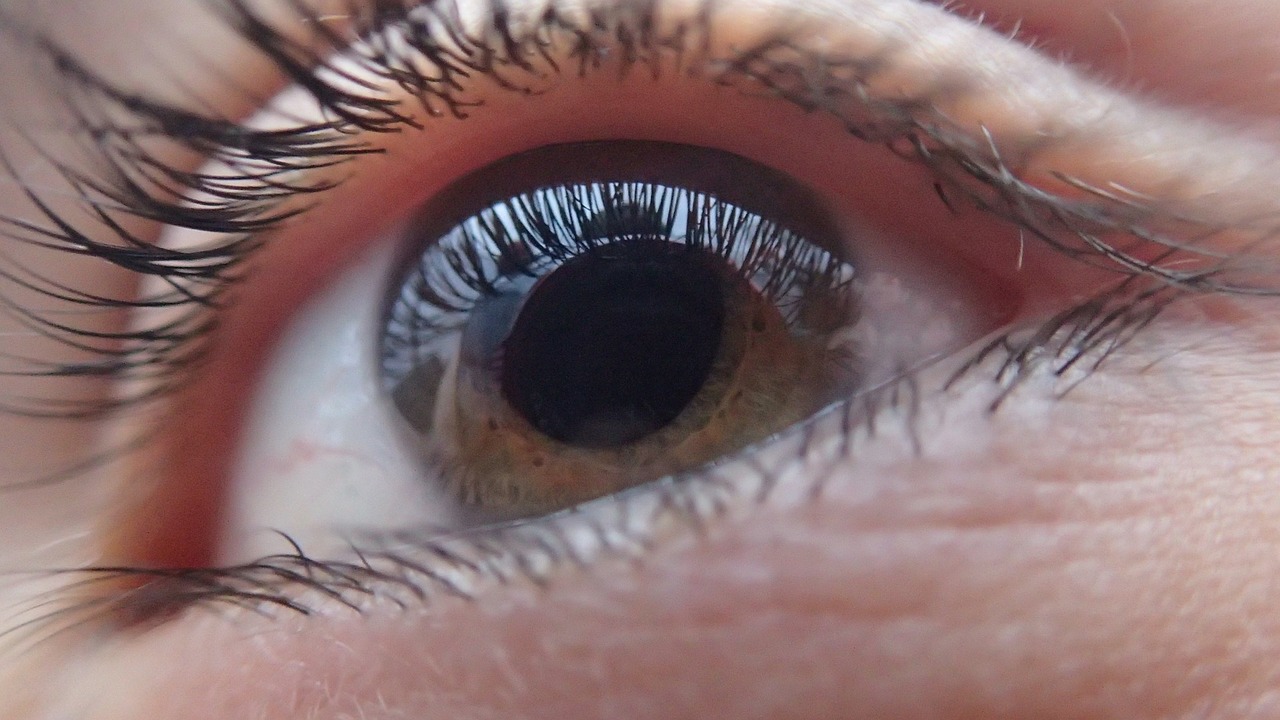
A twin study suggests that DNA also controls how well one can spot thoughts and emotions in the eyes of one’s counterpart.
The eyes are the mirror of the soul — at least, that’s what they say. And indeed, emotions such as joy, surprise, and fear also appear in the pupils. Our fellow human beings (but also animals, e.g. pets) have learned to interpret this over millions of years. That’s why we intuitively look our conversation partner in the eye.
About twenty years ago, researchers at Cambridge University developed a test of cognitive empathy, the ability to recognize the emotions of another. They called it the eye test. It confirmed that people are able to understand what their counterparts think or feel when they look into their eyes. But it also showed that some people may do this better than others.
The researchers of that time, together with a large genetic analysis company and other scientists from Australia, France, and the Netherlands, have now tested this very ability of mind reading on 89,000 people around the globe. In an online eye test, the test subjects were to decide which emotions the people experienced in the pictures based on photographs showing the eye regions of actors.
The scientists then looked at whether there was a connection between the test result and the genetic make-up of the test subjects. The results (1) of the researchers led by Varun Warrier and Simon Baron-Cohen not only show that women generally perform better. It seems that their genetic make-up also influences how well they can read other people’s feelings and thoughts.
The researchers also identified the first gene variants that might be responsible for this. They are located on chromosome number 3. One of the genes located in the chromosome segment studied is LRRN1 or Leucine Rich Neuronal 1. This gene is particularly active in a part of the cerebrum called striatum, which has often been associated with cognitive empathy in studies. At least in women, these genes are also associated with empathy in this study. In men, on the other hand, there was no correlation between their test results and the structure of their third chromosome. It is possible that other genome segments play a role.
In order to check the results, the researchers also used data from 1500 monozygotic and dizygotic twins. Here, too, there was a connection between genome and empathy. The inheritability of the differences in cognitive empathy in the twins was approximately 28 percent. The scientists, led by Warrier and Baron-Cohen, also discovered that the genetic variants they found also seemed to increase the risk of anorexia. This would not be surprising. Previous studies have shown that people with anorexia often perform worse in the thought-read test.
The researchers now hope to carry out further studies to find out whether their results can be replicated, and how exactly these genetic variations might affect striatum functions and cognitive empathy in women. However, they also know that genes are probably only one building block in the development of empathy.
“This study demonstrates that empathy is genetically shaped in parts,” said Boureron. “But we should not forget that there are also important social factors, such as upbringing or postnatal experiences.”
This is part 31 of a series covering twin health provided by Paul Enck from the Tübingen University Hospital and science writer Nicole Simon. Further studies in twin research can be found at TwinHealth website. Translation was done with the assistance of DeepL translator.
Reference:
- Warrier V et al. Genome-wide meta-analysis of cognitive empathy: heritability, and correlates with sex, neuropsychiatric conditions and cognition. Mol Psychiatry. 2018;23(6):1402-1409 doi: 10.1038/mp.2017.122. [Epub ahead of print]









